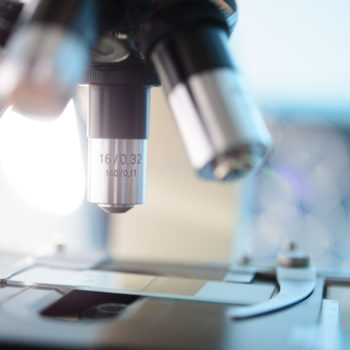It is a bacterium that comes from contaminated food and, when it infects the human body, can cause a dangerous infection called listeriosis. The first case dates back to 1929 and in developed countries it is becoming an increasingly worrying disease for public health. Although still relatively rare, it is worth knowing what listeria is and how it manifests itself. This was explained to us by Dr. Elena Azzolini, of the Health Directorate of Humanitas.
A disease that affects fragile people
Infants, the elderly, pregnant women and adults with weak immune systems. Listeriosis mainly affects fragile individuals. The main channel of spread of this bacterium is the food that is sold by the chains of large retailers. This bacterium is also widespread in the soil, water, vegetation and faeces of many animals where the contamination is asymptomatic. It can be present in foods that have temperatures between 0 and 45 degrees. Particularly in fish, meat, raw vegetables, unpasteurized milk and dairy products such as butter and soft cheeses, but also pre-packaged foods such as hot-dogs, raw meats, pre-packaged salads, sandwiches and smoked fish.
The long incubation period (2-6 weeks) can make it difficult to identify the specific foods involved. The preferred treatment for listeriosis is intravenous administration of antibiotic therapy.
How to prevent the infection of listeria?
The infection can be prevented by implementing general hygiene rules and washing fresh foods well before cutting and cooking them, being careful to separate raw meat from vegetables and cooked foods before eating them.
Even knives, worktops and kitchen materials must be washed thoroughly before and after use.
By cooking food at high temperatures (>65°C) it is possible to kill the bacterium. Another good rule of thumb is to avoid quickly thawing food under cold water.








